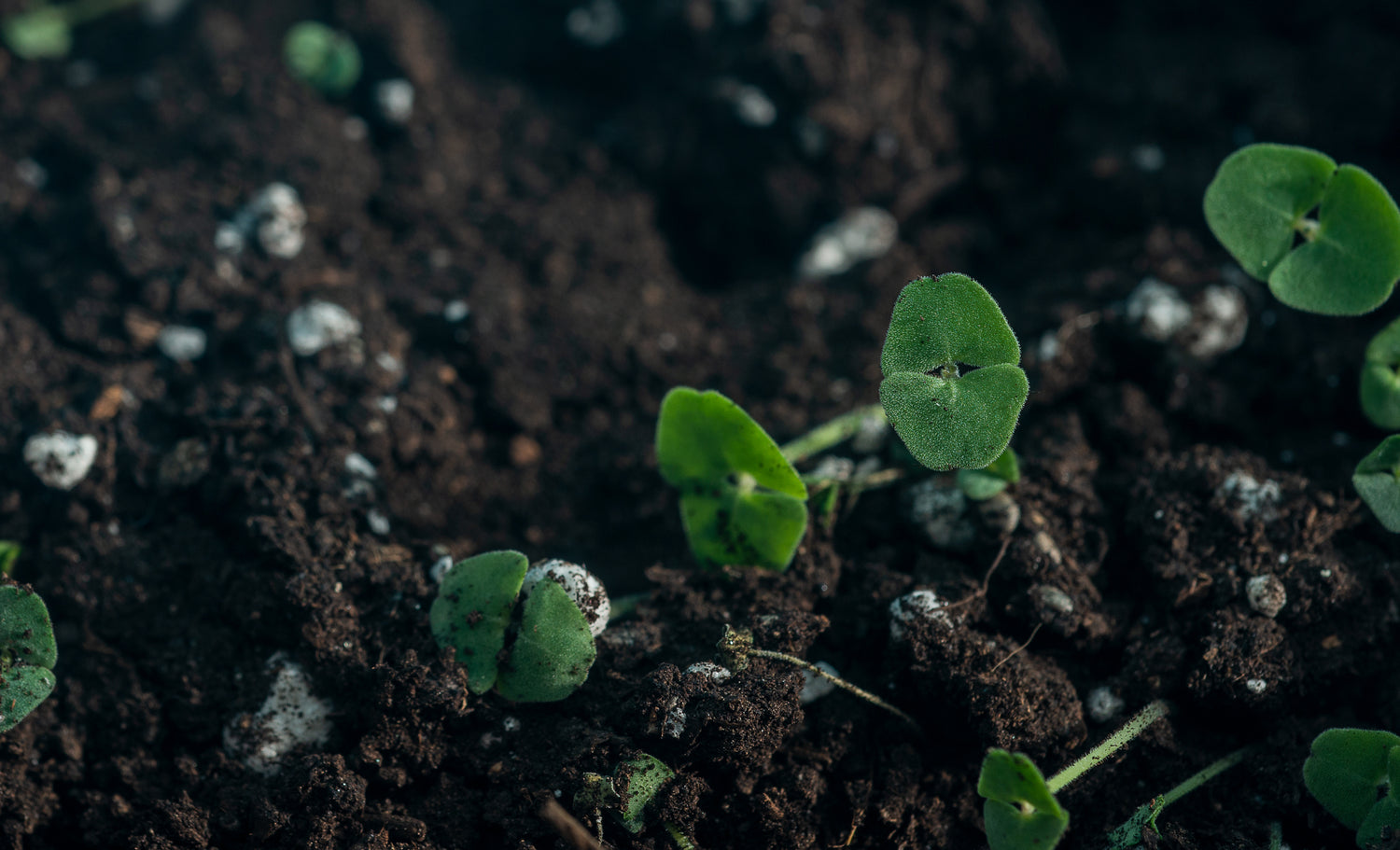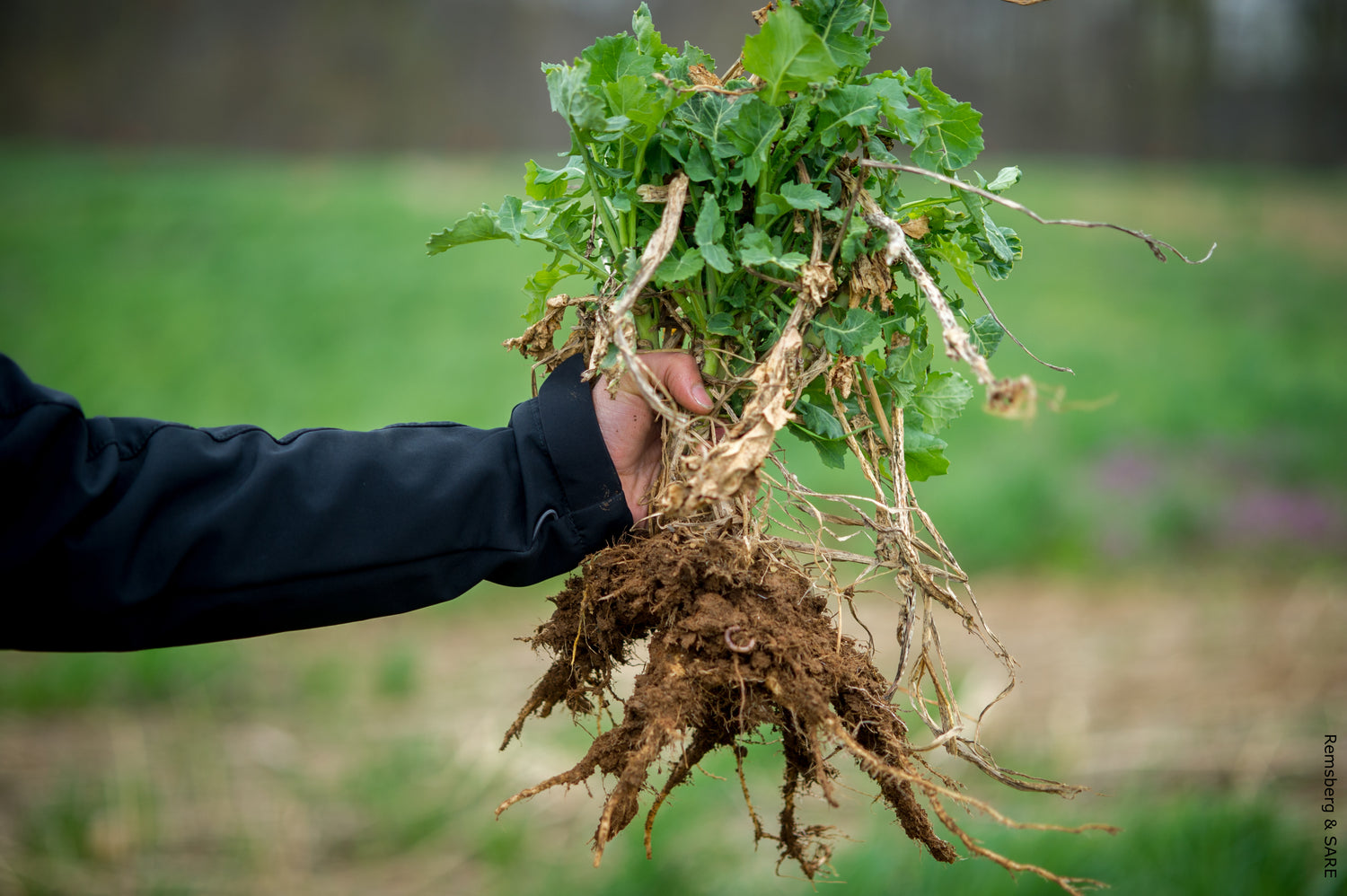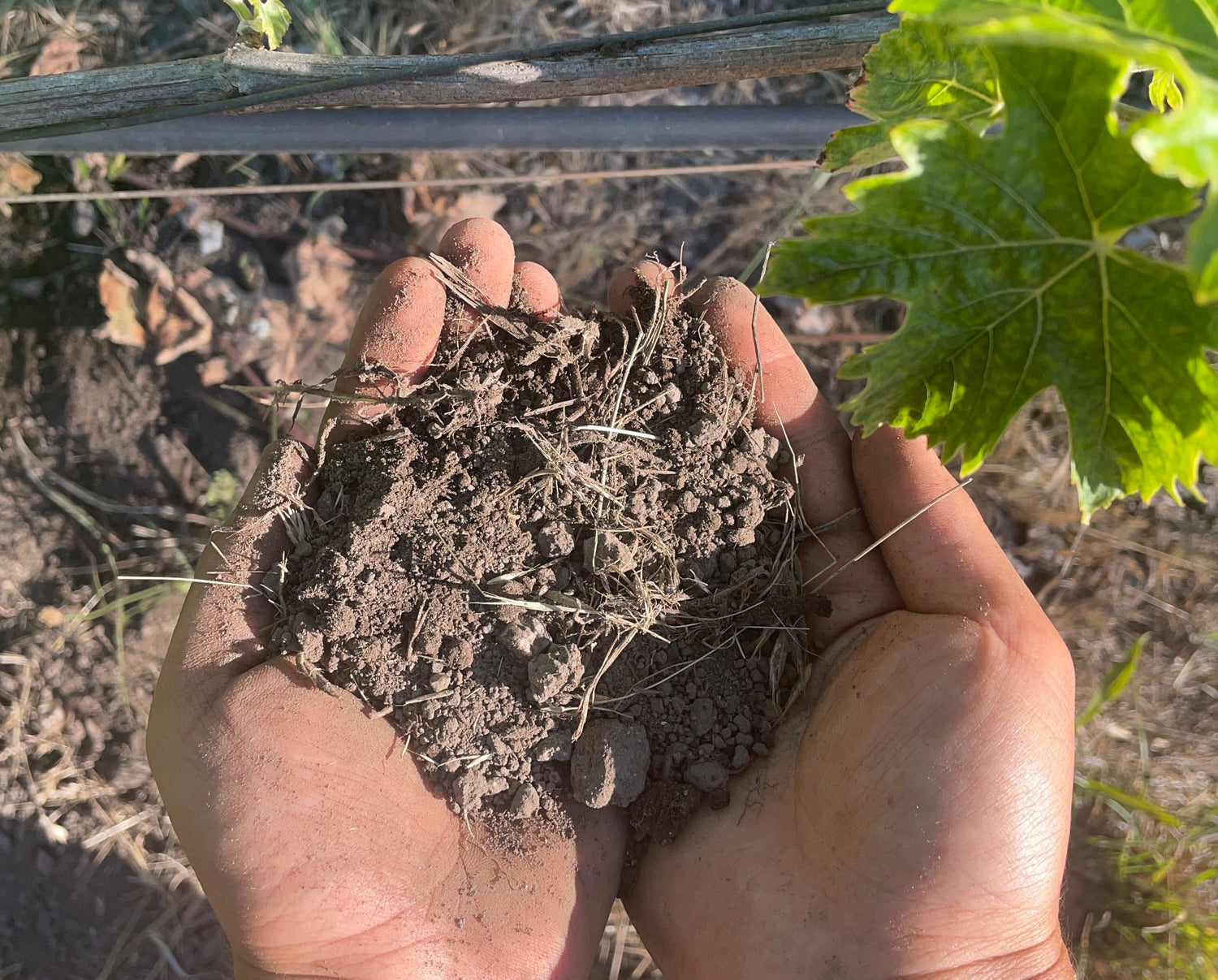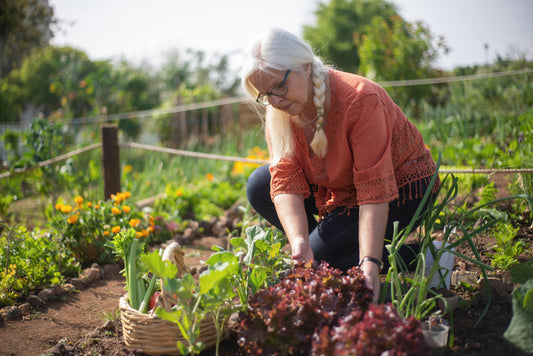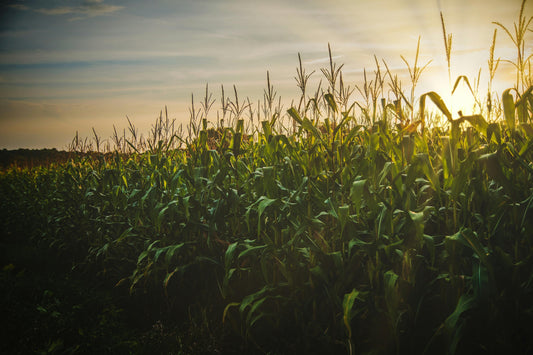The sight of yellow leaves on your beloved plants can be distressing. Whether you’re a seasoned gardener or a novice plant parent, understanding why this happens and how to remedy it is crucial for maintaining a vibrant and healthy garden. In this comprehensive guide, we delve into the various reasons behind yellowing leaves and provide practical tips to address each issue effectively.
Understanding the Physiology of Plants:
Before we explore the reasons for yellowing leaves, it’s essential to grasp some basic plant biology. Leaves are the primary sites for photosynthesis, the process by which plants convert sunlight into energy. They contain chlorophyll, a pigment responsible for capturing light energy. Chlorophyll gives leaves their green color and is crucial for photosynthesis.
When leaves start to turn yellow, it indicates a disruption in the photosynthetic process. This can occur due to various factors, including nutrient deficiencies, pests, diseases, environmental stress, and improper care practices. Identifying the underlying cause is key to implementing the appropriate solution.
Common Reasons for Yellowing Leaves and Remedies:
Nutrient Deficiencies:
- Nitrogen (N) Deficiency: Nitrogen is vital for the production of chlorophyll. A lack of nitrogen can result in pale yellow leaves, starting from the tips and spreading inward. To remedy this, fertilize with a nitrogen-rich fertilizer or organic amendments such as compost or aged manure. Ensure proper soil pH for optimal nutrient uptake.
- Iron (Fe) Deficiency: Iron deficiency leads to interveinal yellowing, where the veins remain green while the rest of the leaf turns yellow. Apply chelated iron or iron sulfate to the soil. Consider adjusting soil pH if it’s too alkaline, as alkaline soils can hinder iron availability.
Watering Issues:
- Overwatering: Excessive water can suffocate roots, leading to root rot and poor nutrient uptake, manifesting as yellowing leaves. To remedy this, allow the soil to dry out between watering sessions. Improve soil drainage if necessary by adding organic matter.
- Underwatering: Insufficient water deprives plants of essential nutrients, causing stress and leaf discoloration. To remedy this, water plants deeply and regularly, especially during hot weather. Mulch the soil to retain moisture.
Pests and Diseases:
- Aphids, Spider Mites, and Whiteflies: These pests suck sap from leaves, causing yellowing, wilting, and distortion. To remedy this, use insecticidal soap or neem oil to control pest infestations. Introduce beneficial insects like ladybugs and lacewings.
- Fungal Diseases (e.g., Powdery Mildew, Leaf Spot): Fungal pathogens can attack leaves, leading to yellow spots, blotches, or powdery growth. To remedy this, remove and destroy infected plant parts. Apply fungicides according to label instructions. Improve air circulation around plants to discourage fungal growth.
Environmental Stress:
- Temperature Extremes: High temperatures can cause heat stress, leading to scorched, yellowed leaves. Conversely, cold temperatures can damage foliage. To remedy this, provide shade during hot weather and protect plants from frost. Mulch the soil to moderate temperature fluctuations.
- Sunburn: Intense sunlight can cause sunburn on leaves, resulting in yellowing and browning. To remedy this, provide shade during the hottest part of the day, especially for sun-sensitive plants.
Soil pH Imbalance:
- Acidic or Alkaline Soil: Extreme pH levels can affect nutrient availability, leading to yellowing leaves. To remedy this, test soil pH and amend as necessary. Add lime to raise pH or sulfur to lower pH, aiming for a slightly acidic range (pH 6-7).
Preventive Measures for Healthy Leaves:
- Regular Inspections: Monitor plants regularly for signs of stress, pests, and diseases. Early detection allows for prompt intervention.
- Proper Nutrition: Maintain balanced soil fertility by fertilizing according to plant needs and conducting soil tests periodically.
- Good Watering Practices: Water plants deeply but infrequently, ensuring adequate moisture without waterlogging.
- Optimal Growing Conditions: Provide plants with suitable light, temperature, and humidity levels to promote vigorous growth.
- Crop Rotation and Companion Planting: Rotate crops and utilize companion planting to deter pests and diseases naturally.
- Pruning and Cleanup: Remove dead or diseased foliage promptly to prevent the spread of pathogens and improve air circulation.
Conclusion:
Yellowing leaves can indicate various underlying issues, from nutrient deficiencies to environmental stress and pest infestations. By understanding the causes and implementing appropriate remedies and preventive measures, you can ensure your plants remain healthy and vibrant. Remember to observe your plants closely, address problems promptly, and provide them with the care they need to thrive. With diligence and proper management, you can enjoy a lush and flourishing garden year-round.







